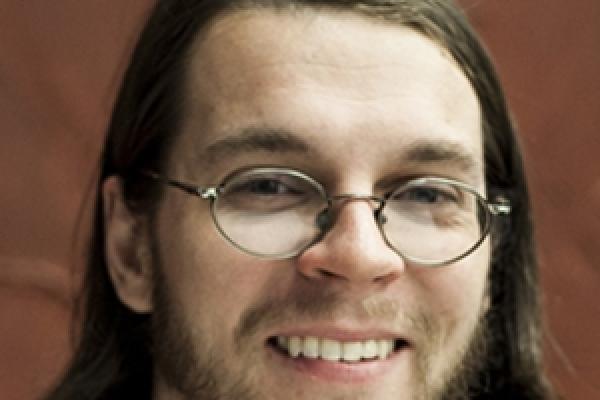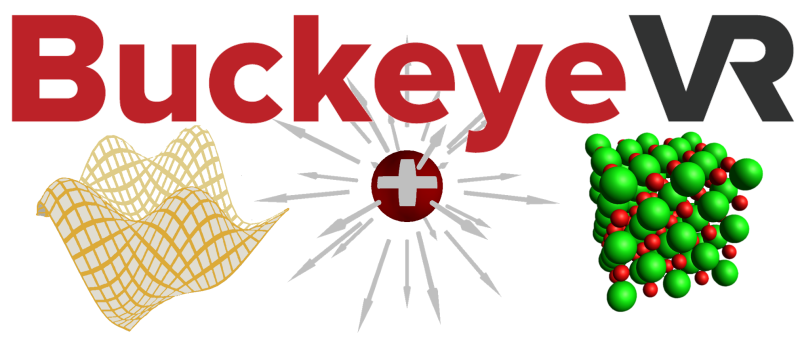STEAM Factory members release Virtual Reality apps for physics and math (BuckeyeVR)

Written by Jake Rahe, class of 2019
A team led by Prof. Chris Orban and a small group of STEAM factory members recently released two smartphone apps that they have been working on for the last two years to integrate Virtual Reality (VR) into physics and math classes. They call the project BuckeyeVR (buckeyevr.osu.edu).
The apps allow students to see different concepts such as electromagnetic fields and mobius strips in three dimensions to help visualize the problem they are working on using an ordinary smartphone and a cheap VR viewer.
“The STEAM Factory was really helpful in creating BuckeyeVR,” Orban said. “I frequently ran into BuckeyeVR team members Jim Fowler, Bart Snapp and Jon Brown at STEAM Factory events. We received STEAM-powered project funding. BuckeyeVR is very much a product of the STEAM Factory.”
Not only did they create an app, but Orban and OSU physics colleague Dr. Chris Porter worked together to perform a large study to examine the effectiveness of VR in introductory physics. According to Orban, their research is the largest STEM-related VR study ever performed.
“In Spring 2017, Chris Porter led a 627-student study in an introductory physics class at Ohio State,” Orban said. “Buckeye VR is not about just making a toy or a novelty. We really want to make sure we dot our I’s and cross our T’s on the education research side of things.”
VR is typically a very expensive product to have in general, and much too expensive for classroom use, Orban said. This changed in 2014, when Google relased their Google Cardboard VR headset which is cheap and allows you to use a smartphone for a virtual experience.
“They had this literal piece of cardboard with two lenses in it that costs like $5,” Orban said. “You could put it up to your regular smartphone and all of a sudden you would have this high-quality VR experience.”
When Orban bought his first Google Cardboard, he knew that he needed to use it for education.
“We have to use this to teach electromagnetism class,” Orban said, describing an early meeting with Christ Porter. “Electricity and magnetism are intrinsically three-dimensional phenomena, and the way we usually teach those classes are from a chalkboard. There is only so much we can do to draw things in three-dimensions on a chalkboard, and I am not much of an artist.”
Orban believes that with new technology being introduced the way STEM should be taught is different as well. He quotes Eric Mazur, a physics professor at Harvard, “Physics is taught now in much the same way as it was in the late 1800s.”
“Technology has changed,” Orban said. “And so, the typical STEM class should change too.”

